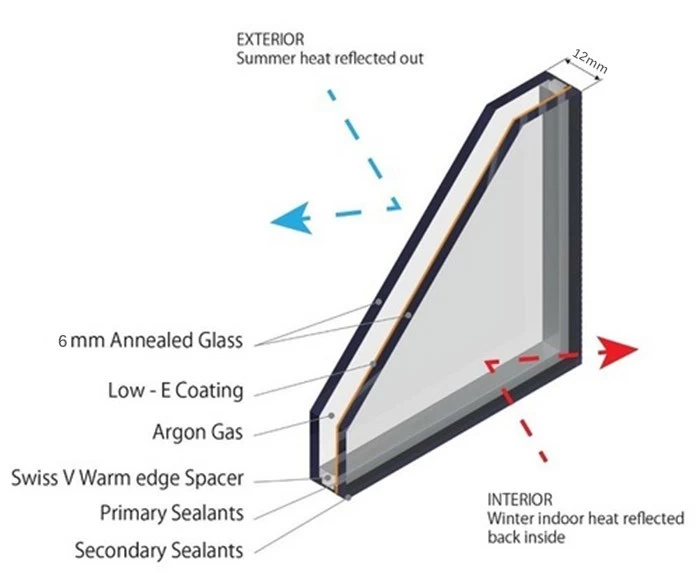All Categories
Featured
Table of Contents
What Are The Advantages Of Double Glazed Windows? in Orelia WA
Laminated glass is frequently utilized in areas in the home most vulnerable to injury from human impact such as restrooms, doors, around staircases and in locations near to the floor (it fulfills the requirements of 'safety glass' that is mandated for use in these areas by Australian Basic AS 1288 Glass in structures).
Toughened glass has actually been 'tempered' by being reheated and quickly cooled once again. This procedure makes it much stronger than basic glass it can withstand greater impact loads prior to breaking. It also makes it safer because, when it does shatter, it burglarizes lots of small cubic pieces instead of harmful shards.
A Complete Guide To Double Glazed Windows in Upper Swan Perth
Toughened glass has no thermal or acoustic benefits over other glass of the same toning or thickness. Secondary glazing is where single-glazed windows are retrofitted with a transparent acrylic or glass sheet attached to the within the frame or openable sash with a secondary frame or with magnetic strips.


Secondary glazing will not perform too thermally as a made IGU, since it is impossible to totally seal the perimeter, but it can offer excellent noise control. Window films are a thin polymer movie containing a soaking up color or reflective metal layer, with an adhesive backing. They stay with your glazing to change its colour or make it reflective.
Double Glazed Windows & Doors Melbourne & Sydney in Thornlie Perth
Applied to existing glass, some window films can halve the general SHGC of the window by absorbing and/or reflecting solar radiation. This can be particularly advantageous in hotter environments where cooling is the main issue, or on east and west elevations straight exposed to extended periods of sunshine. Window movies may also lower visible light transmittance.

For this factor, it is normally best to use an accredited installer of window film. Frames have a significant influence on the thermal efficiency of windows and doors, since energy can be gained and lost through the frame, along with through the glass. Different types of frame will allow different levels of heat gain and loss, so cautious choice of frame is very important for effective passive style.
Double Glazed Windows Sydney in Brookdale Western Australia
However, aluminium is likewise an excellent conductor of heat and will decrease the insulating value of a glazing unit, unless particularly crafted to lower this. A 'thermally broken' frame is comprised of 2 aluminium sections linked by a structural insulator (generally a low-conductivity structural polymer). This 'breaks' the thermal connection through the aluminium and reduces the heat flowing through the frame.
Timber frames are a great natural insulator that can match some house designs. Timber frames should be made from species that have naturally high sturdiness or be treated to avoid decay and contortion.
Windows Of Opportunity: Your Guide To High-performance ... in Hovea Western Australia
This can result in spaces that allow air seepage unless excellent draught sealing (weather condition removing) is installed. u, PVC is a kind of plastic (unplasticised polyvinyl chloride, likewise referred to as rigid PVC). u, PVC frames provide excellent thermal performance, frequently better than timber or thermally damaged aluminium. u, PVC is long lasting and requires very little maintenance, and can be moulded into intricate profiles that supply excellent air seals.
u, PVC doors and windows have exceptional thermal performance Image: Ben Wrigley (Light House Architecture and Science) Composite frames use aluminium profiles on the external areas with either a timber or u, PVC inner area. These integrate the low upkeep and durability of aluminium with much improved thermal efficiency.
Latest Posts
Double Glazed Windows in West Leederville Perth
Double Glazed Windows Melbourne in Medina Western Australia
Double Glazing Companies Near Me Reviewed 2023 in Huntingdale WA